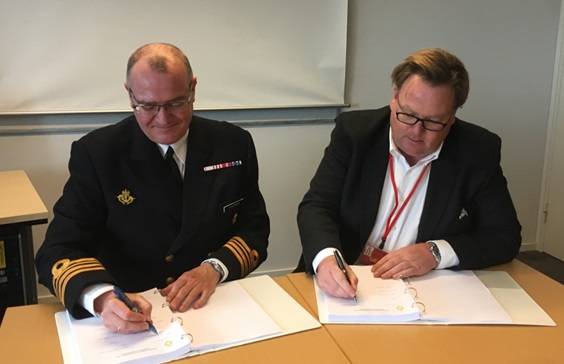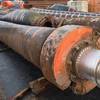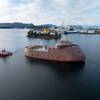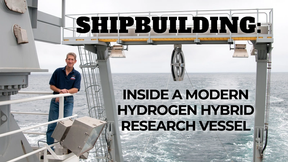Tuco Marine Group said it has signed a contract with DALO (The Danish Defense Acquisition and Logistics Organization) to deliver two bespoke hydrographic survey boats to replace two existing survey vessels that have become obsolete.
The new vessels, based on Tuco’s ProZero concept, have been designed to allow full use of the latest technology for hydrographic surveys.
The boats are designed to accommodate two hydrography specialists in addition to a dedicated helmsman. The hull has been specially adapted to address two challenges that are hard to solve at once: on the one hand the low draft capacity to operate in uncharted shallow waters where you face the risk of running aground and on the other hand antiroll and directional stability. The boats are equipped with jet drives and stabilizing features which make them highly agile and seaworthy. According to Tuco, the design enables more efficient surveys under changing weather conditions and the hydrodynamic profile of the hull reduces turbulence and vibration so as not to interfere with the highly sensitive measuring equipment. The efficient design enables extensive operations over large areas, the builder added.
The advanced sonar equipment is fixed under the boat and recessed into the structure to protect it against adverse conditions. High performance sensors and processors that are able to capture and process the signals as well as correcting and managing multiform data streams constantly produce and store high quality information that accurately represent the actual sea floor.
The boats are built from composite materials which ensure low weight, high fuel efficiency and low emission of greenhouse gasses, Tuco said. Additionally, the need for maintenance is minimized just as handling of the boat on land is made easier. The boats are capable of reaching speeds in excess of 25 knots under full loading conditions.
The cabin has been designed with attention to ergonomics and working environment, and is insulated to ensure easy communication under all operating conditions and the layout has been developed with the purpose of facilitating workflow coordination, not only during the survey but also during transport to and from the site.



















